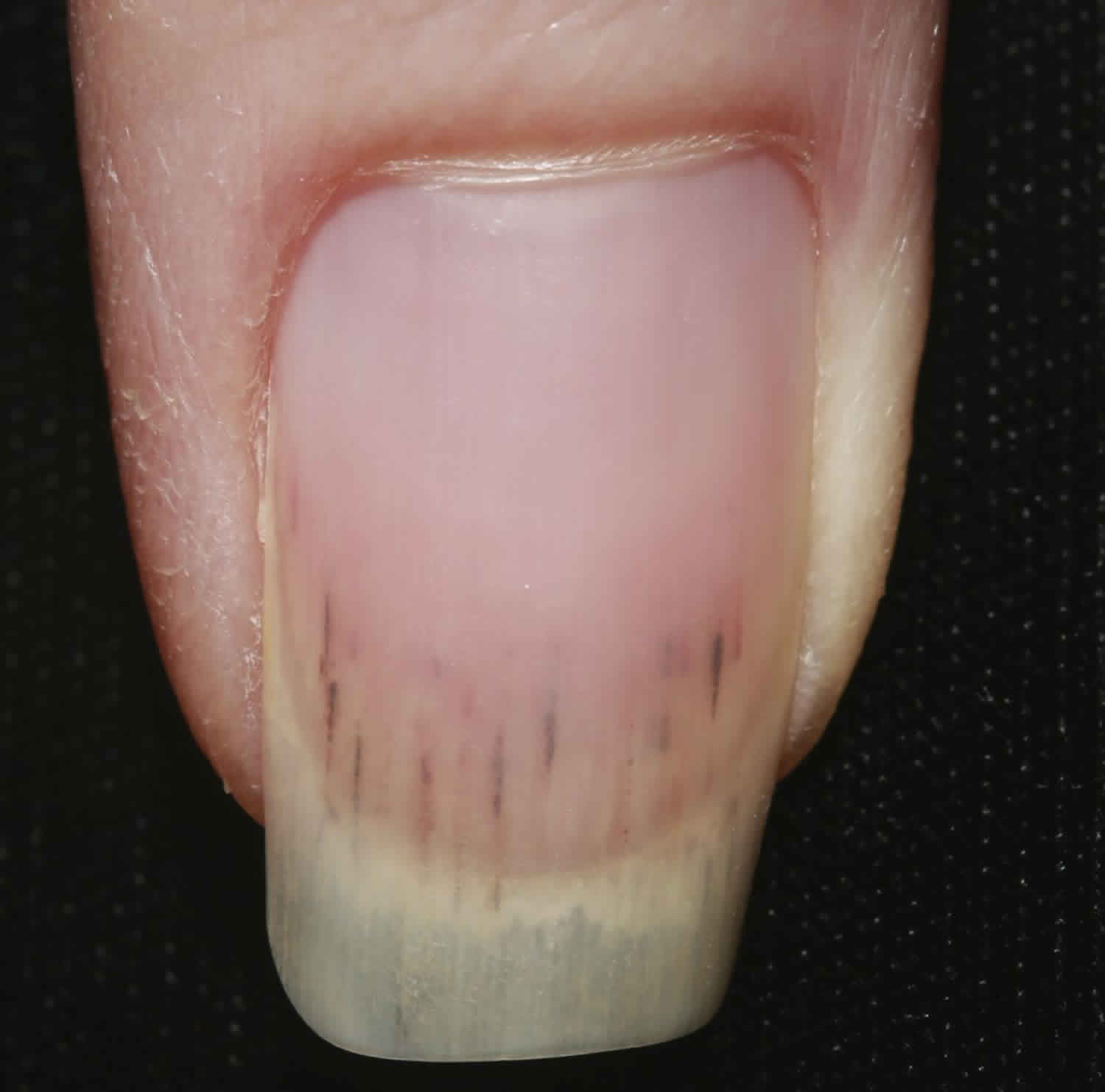Does Brushing Whiten Teeth

The quest for a brighter, whiter smile is a common aspiration for many individuals. One of the most fundamental oral hygiene practices, brushing, is often scrutinized for its role in whitening teeth. To answer this question, it’s essential to delve into the specifics of tooth structure, the effects of brushing, and the various factors that influence tooth color.
Tooth enamel, the hard, outermost layer of the teeth, is composed of highly mineralized, non-living crystals. While enamel is remarkably resilient, it is not immune to staining and discoloration. The primary culprits behind tooth discoloration are chromogens, which are pigment-producing substances that can bind to tooth enamel. These chromogens can originate from various sources, including dietary factors (e.g., coffee, tea, and berries), tobacco use, and poor oral hygiene.
Brushing, in and of itself, does not inherently whiten teeth. The primary function of brushing is to remove plaque, a biofilm composed of bacteria, from the teeth. Plaque accumulation can lead to various oral health issues, including gingivitis, periodontitis, and tooth decay. While brushing helps prevent these problems, it does not possess the ability to alter the intrinsic color of the teeth.
However, brushing can indirectly contribute to a brighter smile. By removing plaque and surface stains, brushing helps maintain the teeth’s natural shine and color. Furthermore, certain toothpastes contain mild abrasives, such as silica or calcium carbonate, which can gently remove surface stains, thereby enhancing the overall appearance of the teeth. Nevertheless, it is crucial to note that these abrasives should be used judiciously, as overzealous brushing or excessive use of abrasive toothpastes can damage tooth enamel and lead to sensitivity.
To genuinely whiten teeth, additional measures are required. Professional teeth whitening treatments, either in-office or at-home, can effectively lighten teeth by several shades. These treatments typically involve the application of hydrogen peroxide or carbamide peroxide, which penetrate the tooth enamel and break down chromogens. Alternatively, individuals can opt for over-the-counter whitening products, such as strips, trays, or toothpastes, which often contain lower concentrations of whitening agents.
In conclusion, while brushing is an indispensable aspect of oral hygiene, it does not directly whiten teeth. Instead, it plays a supportive role in maintaining the health and appearance of the teeth by removing plaque and surface stains. For those seeking a whiter smile, additional measures, such as professional teeth whitening treatments or over-the-counter products, may be necessary.
FAQs
What is the primary function of brushing teeth?
+The primary function of brushing teeth is to remove plaque, a biofilm composed of bacteria, from the teeth, thereby preventing various oral health issues.
Can brushing whiten teeth?
+No, brushing itself does not whiten teeth. However, it can help maintain the teeth's natural shine and color by removing plaque and surface stains.
What are some effective methods for whitening teeth?
+Professional teeth whitening treatments, either in-office or at-home, can effectively lighten teeth. Over-the-counter whitening products, such as strips, trays, or toothpastes, are also available, although they may contain lower concentrations of whitening agents.
The Verdict
In the pursuit of a brighter, whiter smile, it’s essential to understand the role of brushing and its limitations. While brushing is a crucial aspect of oral hygiene, it is only one piece of the puzzle. By combining good oral hygiene practices with additional whitening measures, individuals can achieve a more radiant, confident smile. Always consult with a dental professional to determine the best course of action for your unique oral health needs and aesthetic goals.
As we continue to explore the complexities of oral health and teeth whitening, it becomes clear that a comprehensive approach is necessary to achieve optimal results. By staying informed and adapting to the latest research and advancements, individuals can make informed decisions about their oral health and take the first steps towards a brighter, more confident smile.

